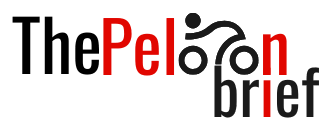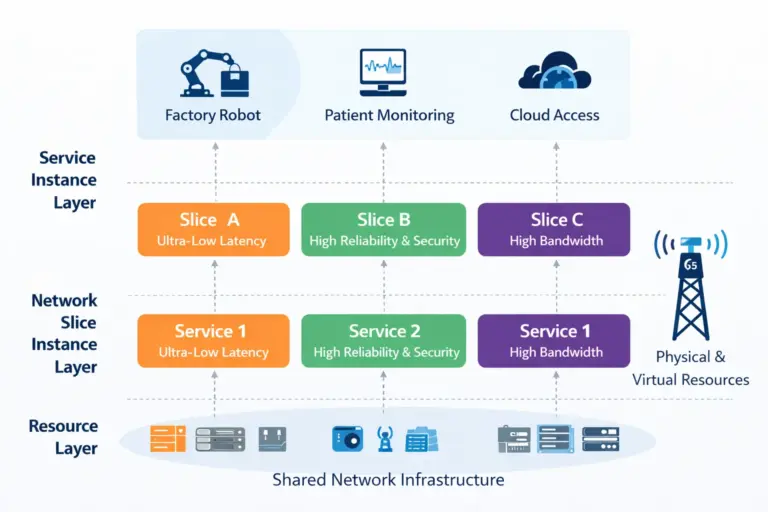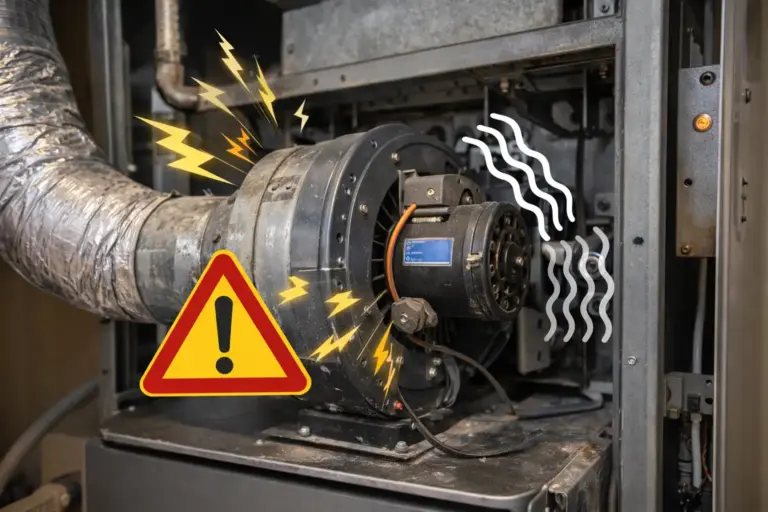Depression affects millions worldwide, making daily life and simple tasks feel overwhelming. Finding effective relief is often a long and frustrating process. Traditional antidepressants can take weeks or months to work, a delay that feels endless for those in distress. This has sparked an urgent search for faster solutions.
Understanding Traditional Treatments
For decades, the primary approach to treating depression has been a class of medications known as selective serotonin reuptake inhibitors (SSRIs) and serotonin-norepinephrine reuptake inhibitors (SNRIs). These medications, which include well-known drugs like Prozac, Zoloft, and Effexor, work by increasing the levels of certain neurotransmitters in the brain, such as serotonin and norepinephrine. The theory is that by boosting these chemical messengers, mood and emotional regulation can be improved.

While these antidepressants have been life-changing for many, they have significant limitations.
- Delayed Onset: The most notable drawback is the time it takes for them to work. Patients often have to wait four to eight weeks to experience any noticeable improvement in their symptoms. During this period, their condition may remain the same or even worsen.
- Side Effects: Common side effects can include nausea, weight gain, fatigue, and sexual dysfunction. These effects can be difficult to tolerate and sometimes lead people to stop taking their medication.
- Treatment Resistance: A significant portion of individuals—up to one-third—do not respond adequately to these traditional treatments. This is known as treatment-resistant depression (TRD), and it leaves many feeling hopeless and without viable options.
These challenges highlight the urgent need for treatments that can provide relief more quickly and effectively, especially for those in acute distress or with TRD.
Spotlight on Rapid-Acting Treatments
In response to the limitations of traditional antidepressants, researchers have developed innovative treatments that work through different mechanisms and offer much faster results.
Ketamine
Originally used as an anesthetic, ketamine has emerged as a groundbreaking treatment for severe and treatment-resistant depression. Unlike SSRIs, which target serotonin, ketamine works on the glutamate system, the most prominent excitatory neurotransmitter in the brain. It is thought to trigger a cascade of events that leads to the rapid formation of new neural connections, essentially “rewiring” the brain in a way that can alleviate depressive symptoms.
- Mechanism: Ketamine is an NMDA receptor antagonist. By blocking these receptors, it prompts a surge in glutamate, which then activates other receptors and stimulates brain-derived neurotrophic factor (BDNF). BDNF is crucial for neurogenesis and neuroplasticity—the brain’s ability to grow and form new connections.
- Administration: Ketamine is typically administered via intravenous (IV) infusion in a clinical setting. This allows for precise control over the dosage and close monitoring of the patient.
- Benefits: The most significant benefit is its speed. Many patients report a noticeable improvement in their mood within hours or days of their first infusion. This can be life-saving for individuals experiencing suicidal ideation.
- Risks: Potential side effects include dissociation (an “out-of-body” feeling), nausea, and a temporary increase in blood pressure and heart rate. Because of these effects, it must be administered under strict medical supervision.
Esketamine
Esketamine (brand name Spravato®) is a derivative of ketamine. It is a more potent form of one of ketamine’s two mirror-image molecules. In 2019, the FDA approved esketamine as a nasal spray for adults with treatment-resistant depression, to be used in conjunction with an oral antidepressant.
- How it Differs: Esketamine isolates the S-ketamine molecule, which binds more tightly to NMDA receptors than the R-ketamine molecule. While it shares a similar mechanism with IV ketamine, its formulation as a nasal spray makes it less invasive to administer.
- Usage: Patients self-administer the nasal spray under the supervision of a healthcare provider at a certified clinic. They must remain at the clinic for at least two hours for observation after each dose.
- Considerations: Like IV ketamine, esketamine carries risks of dissociation and sedation, along with the potential for abuse. Its long-term effects are still being studied, and it is typically reserved for those who have not responded to other treatments.
Other Emerging Treatments
The success of ketamine and esketamine has opened the door for further research into other fast-acting psychiatric drugs. Researchers are exploring compounds that target the glutamate system in different ways, as well as psychedelic substances like psilocybin (the active ingredient in “magic mushrooms”). Early studies on these substances have shown promise for treating depression, but they remain investigational and are not yet widely available.
Who Can Benefit from Rapid-Acting Treatments?
Rapid-acting treatments are not a first-line therapy for everyone with depression. They are typically considered for individuals who meet specific criteria:

- Treatment-Resistant Depression (TRD): The primary candidates are those who have tried multiple traditional antidepressants without success.
- Severe Depression with Suicidal Ideation: For individuals in a state of crisis, the fast-acting nature of these treatments can be a critical intervention to reduce acute symptoms and provide immediate hope.
- Need for a “Bridge” to Therapy: Sometimes, these treatments can provide a rapid mood lift that allows a person to engage more effectively in psychotherapy and other long-term wellness strategies.
It is important to have a thorough evaluation with a mental health professional to determine if you are a suitable candidate. They will review your medical history, previous treatments, and current symptoms to make a recommendation. For those looking into ketamine treatment in Salt Lake City, finding a reputable clinic with experienced providers is a crucial first step.
Safety and Medical Supervision are Key
While rapid-acting treatments offer exciting possibilities, they are not without risks. The potential for dissociative effects, changes in blood pressure, and other side effects means they must be administered in a controlled medical environment.
Choosing a qualified provider is essential. A reputable clinic will conduct a comprehensive initial assessment, monitor you closely during and after each treatment session, and integrate the therapy into a broader mental health care plan. This holistic approach ensures your safety and maximizes the potential for lasting positive outcomes.

Conclusion
Now that you have a better understanding of the different types of therapies available for mental health treatment, it is important to remember that each individual may respond differently to various approaches.






